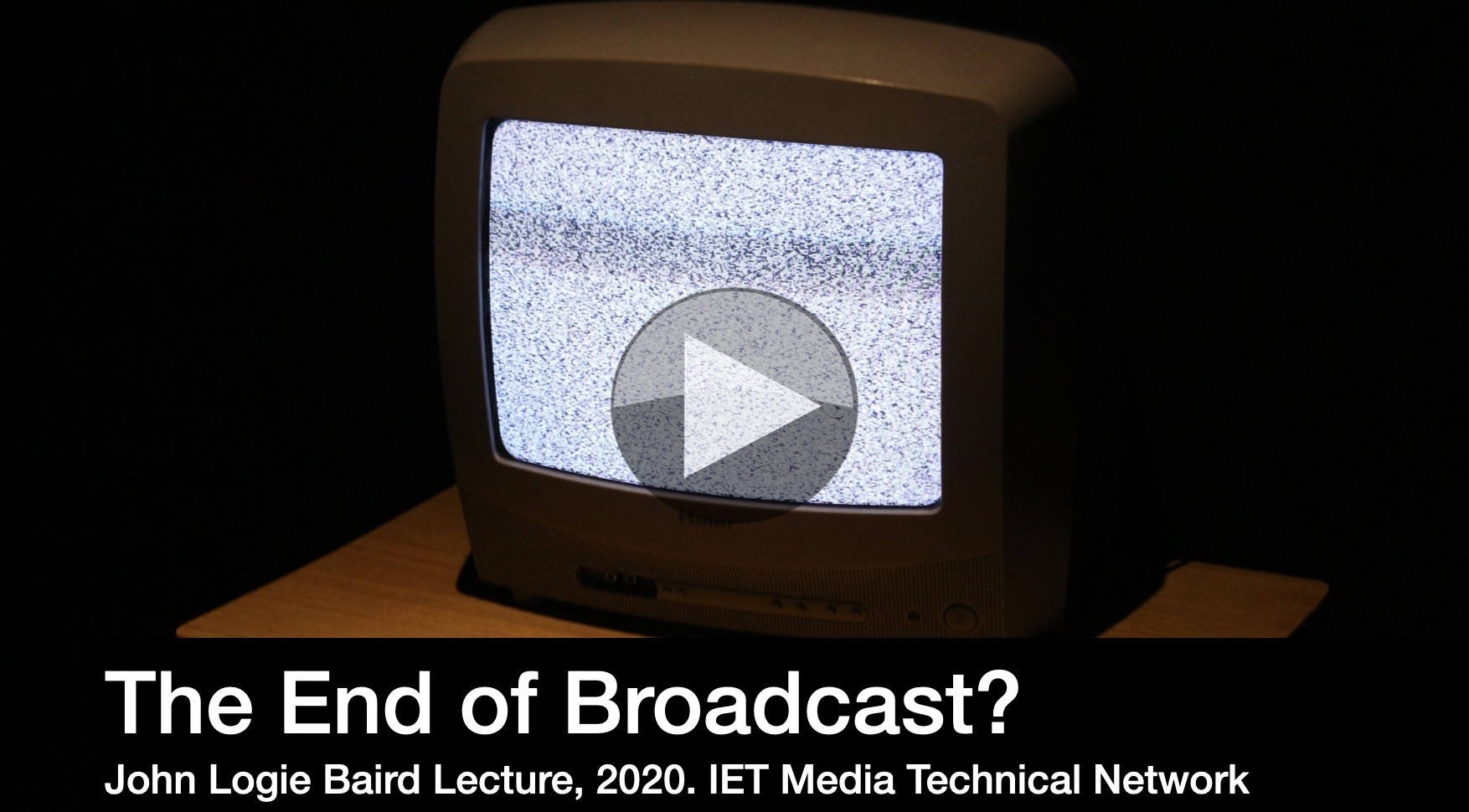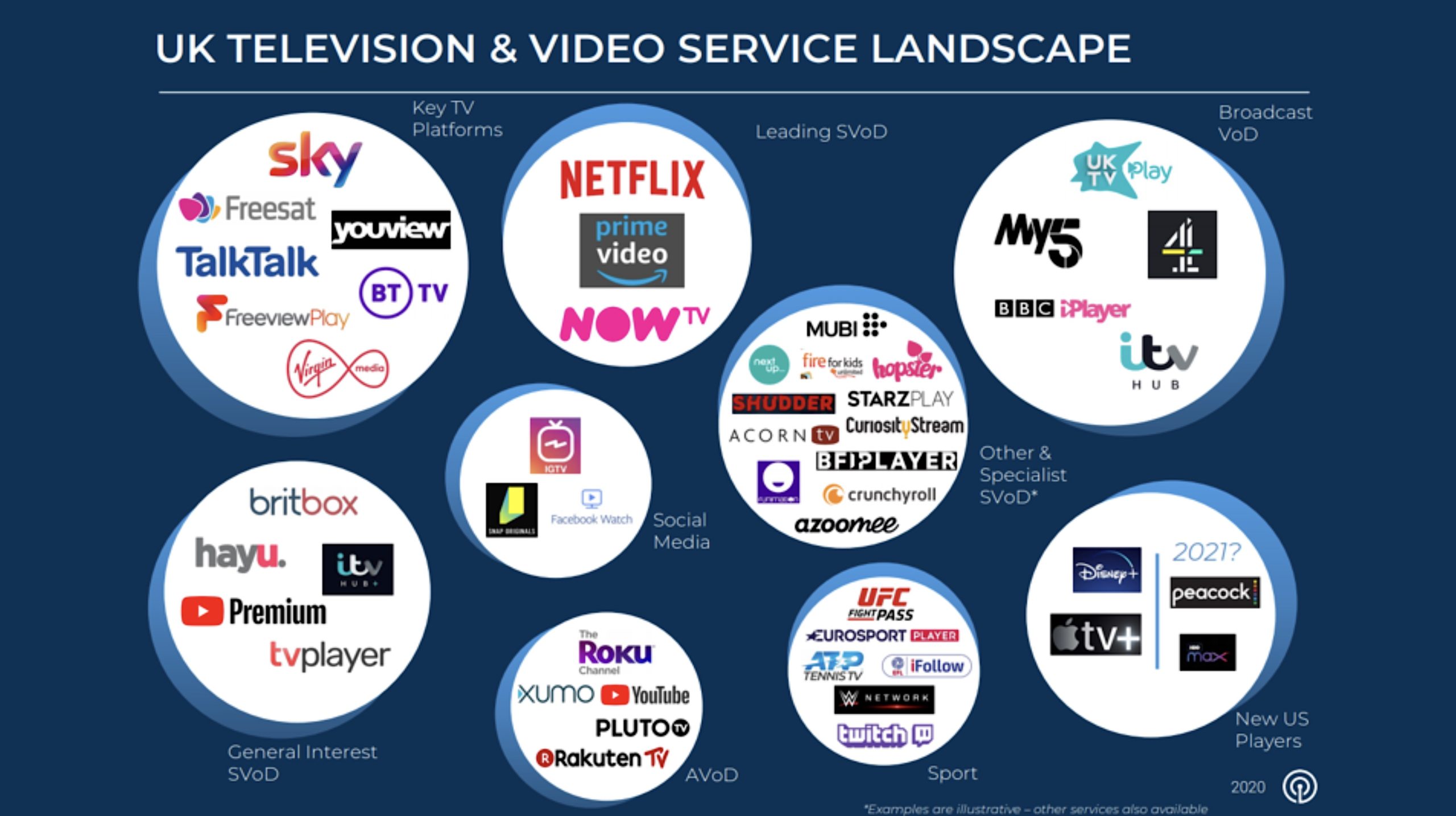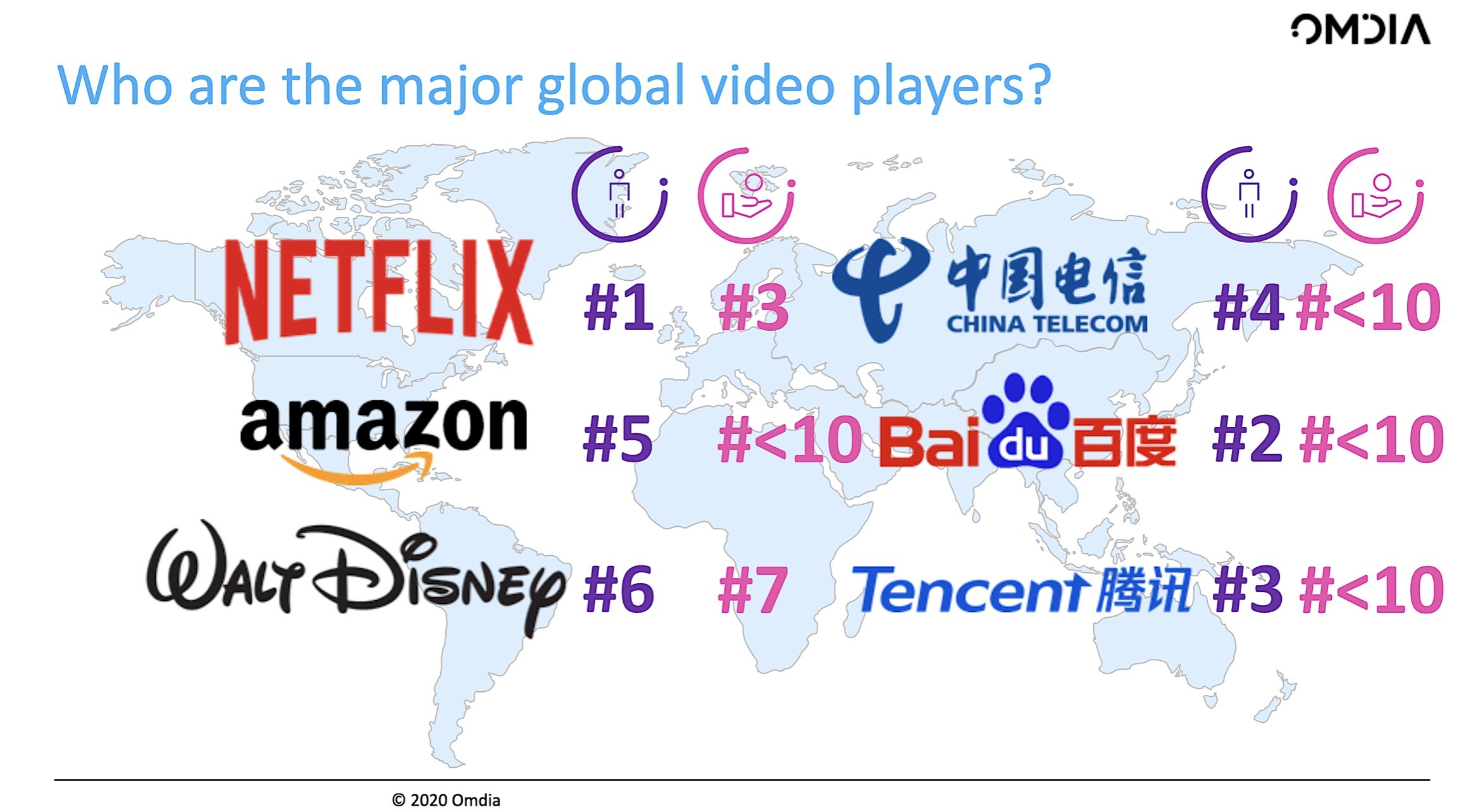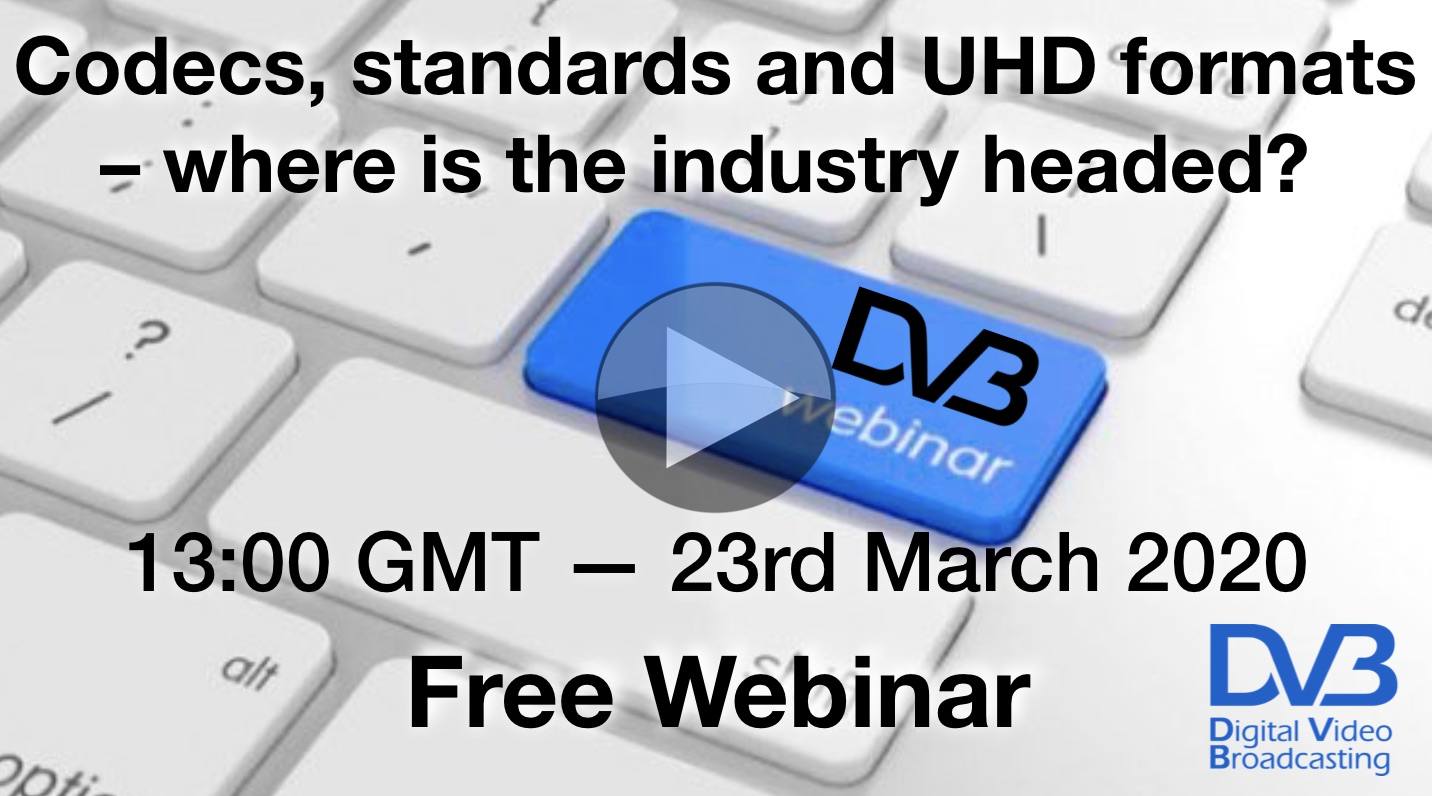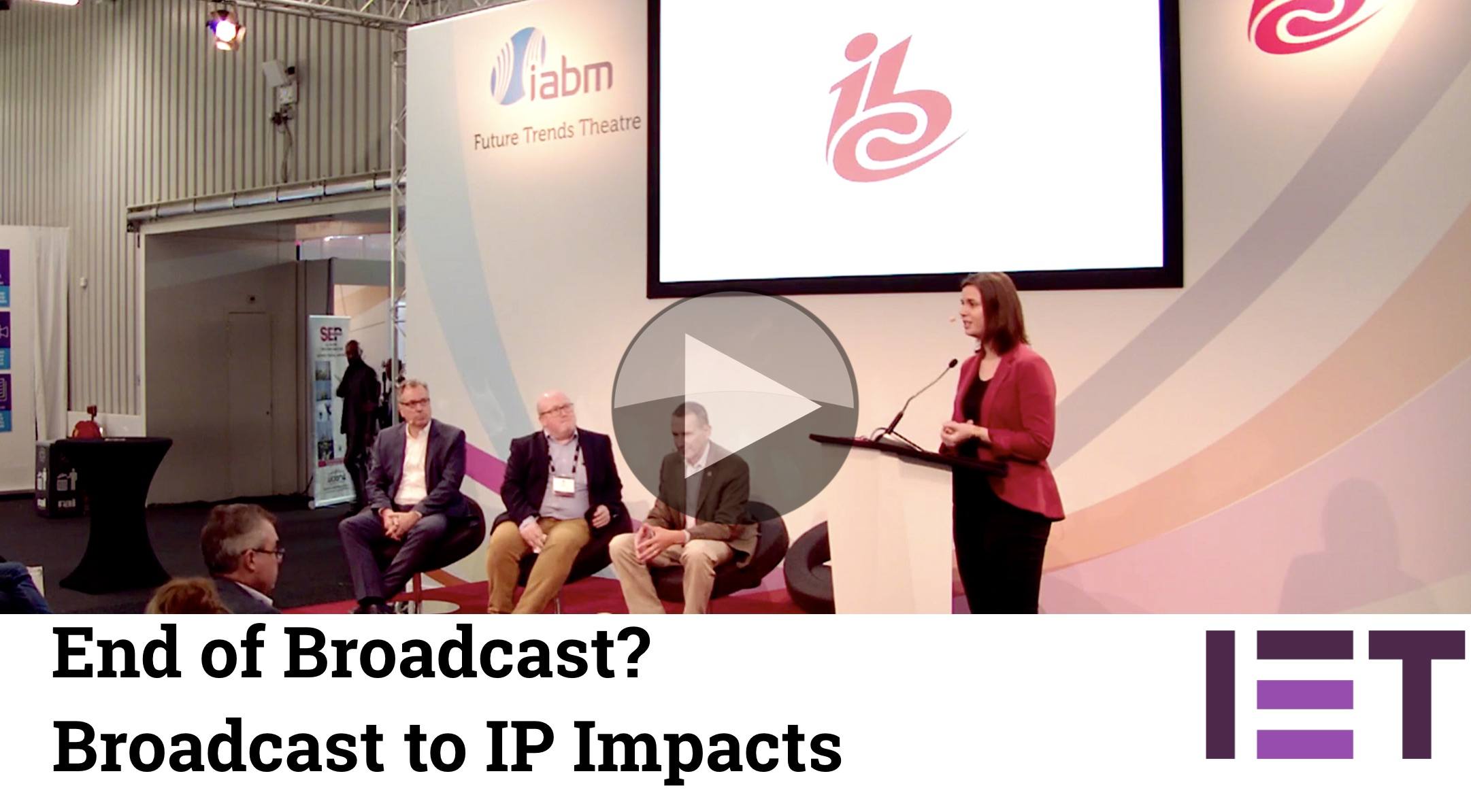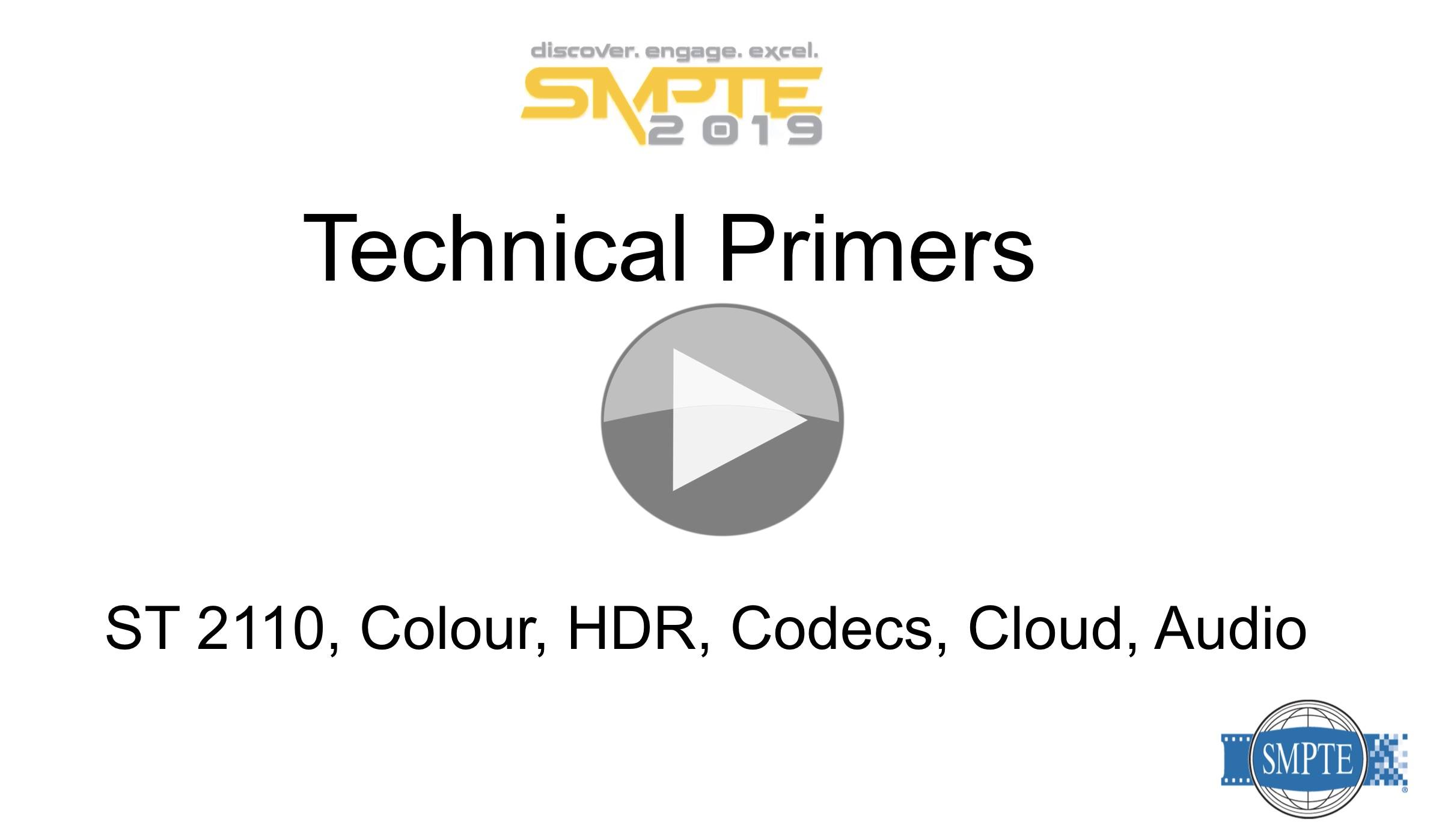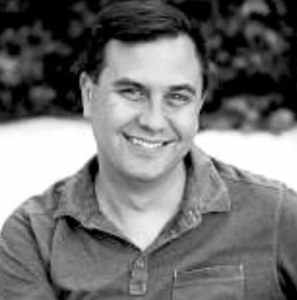This discussion asks what the limits are of ‘broadcast’ in a world increasingly dominated by streaming. Whilst services like the BBC’s iPlayer have demonstrated how on-demand can sit alongside live streams of linear channels, the growing world of Disney+, Netflix and Apple TV+ is muscling in on the family television bringing with them different ways of accessing video.
Presented by Ian Nock, chair of the IET Media technical network, this is the 2020 John Logie Baird lecture online. First up, is Chris Wood from OTT specialist Spicy Mango who represents the perspective that OTT is the way forward. This isn’t a fight between screen sizes, he starts by saying, but rather about experiences and expectations. A great example of this is how pause and rewind features have made their way into many linear TV offerings. The convenience to pause a video while you leave the room or discuss it was so powerful that when it was possible to bring it into live, it did. This type of feature migration will continue to happen as the types of service merge.
Chris makes the important point that ‘live TV’ often means linear. There is a lot of live streaming available through Twitch, sports providers like DAZN and companies like Amazon Prime which is not captured separately. This makes it hard to understand how much people are still valuing the live feeling. Live TV, he says, is not going away whatever happens to linear RF transmissions because we need live programming, we enjoy it differently.
Next, representing the UK Digital TV Group (DTG) is Yvonne Thomas who looks at the fragmented landscape with a large variety of types of VoD service available – subscription, advertiser etc. For the younger audience whose experience of video is predominantly over IP, their experiences become quite fragmented meaning it’s hard for a broadcaster to maintain continuity and relevance. Yvonne also talks about the proliferation of IT needed to watch all this content which can lead to families inadvertently exposing their data or compromising their security.
Nigel Walley from Decipher makes the point that some of our intuitions are wrong. As we see trends evolving, whilst the industry was initially discussing the rise of ‘second screens’, it’s important to realise that some of this was driven by the simple fact that the only place you could watch Netflix of YouTube was your second screen. As consumer electronics manufacturers have made space for ‘Netflix’ buttons and we see Google and Apple with their HDMI connected players, we see people have quickly reverted to watching good content on their best screen; their TV.
Another important point made by Nigel is that as much people companies talk about the ability to individually target viewers and deliver highly customised services, there will always be situations with shared viewing whether they may as well not be logged in as customisation takes much more of a back seat.
Maria Rua Aguete from Omdia challenges our assumptions on who the big players in streaming are. They can be ranked both by revenue and by subscribers. Maria shows us that China Telecom, Baidu and Tencent are in positions 2, 3 and 4 when counted by subscribers. Still, one third of the world’s OTT subscribers are held by Amazon, Netflix and Disney+.
Maria continues to deliver a vast range of timely statistics that help us understand the current situation within the pandemic. She covers the popularity of free services with in the UK, recent M&A activity, the consumers’ rising appetite for video and international channels.
The session closes with a 20 minute Q&A.
Speakers
|
Maria Rua Aguete Technology Fellow & Executive Director, Omdia |
|
 |
Yvonne Thomas Strategic Technologist Digital TV Group |
 |
Chris Wood CTO, Spicy Mango |
 |
Nigel Walley Managing Director, Decipher |
 |
Moderator: Ian Nock Chair, IET Media Technical Network |

